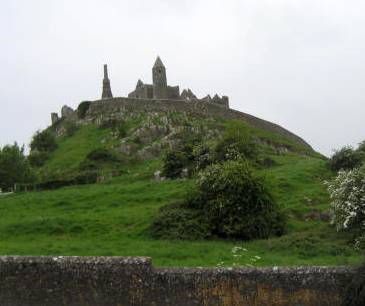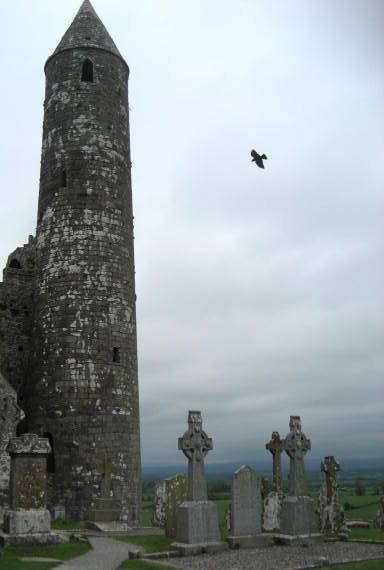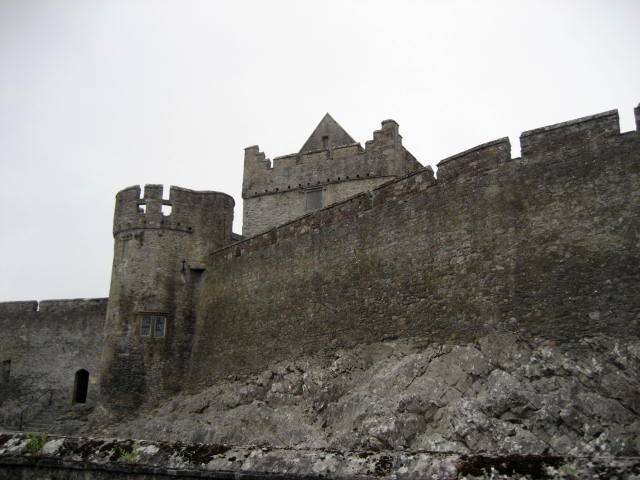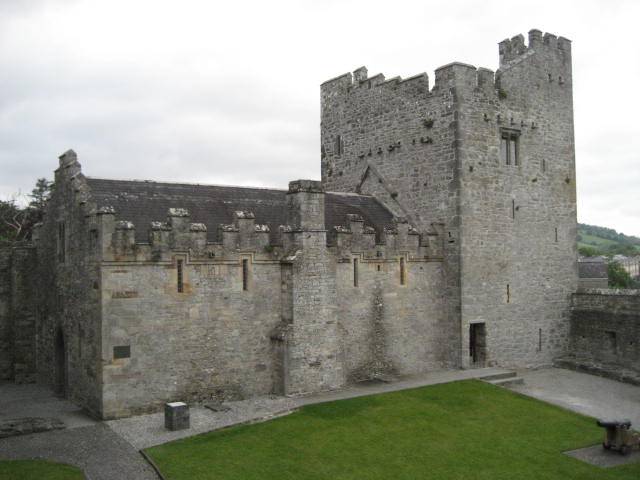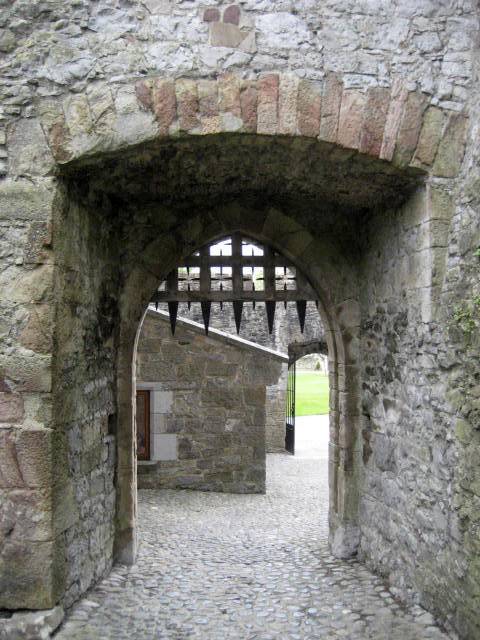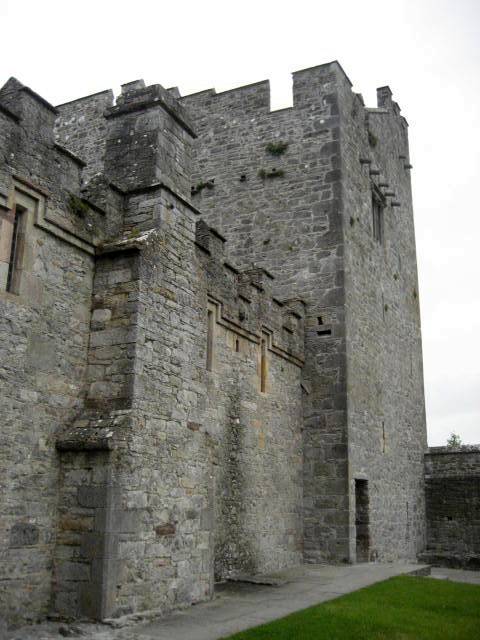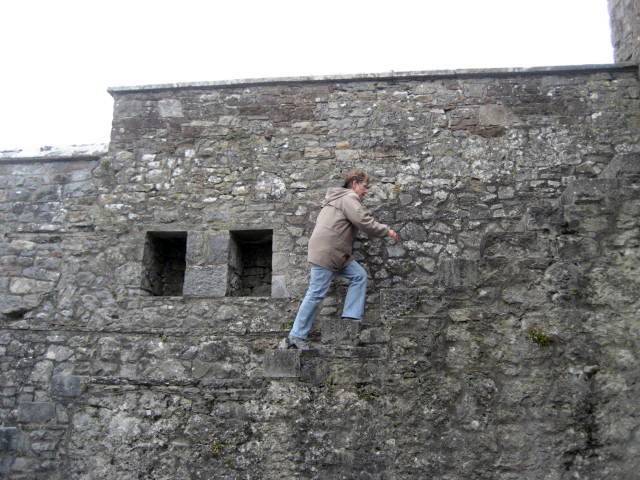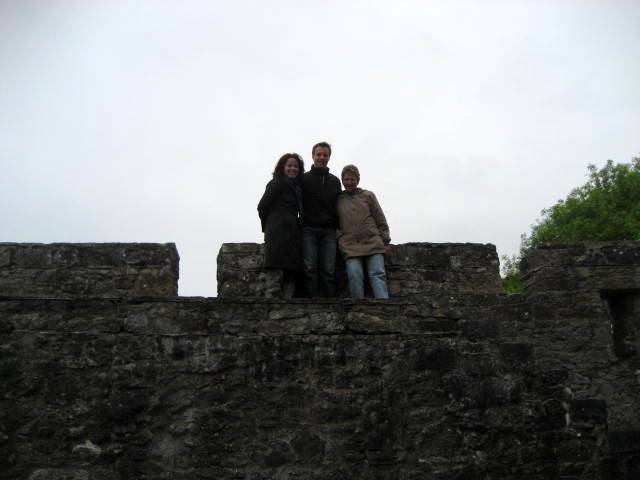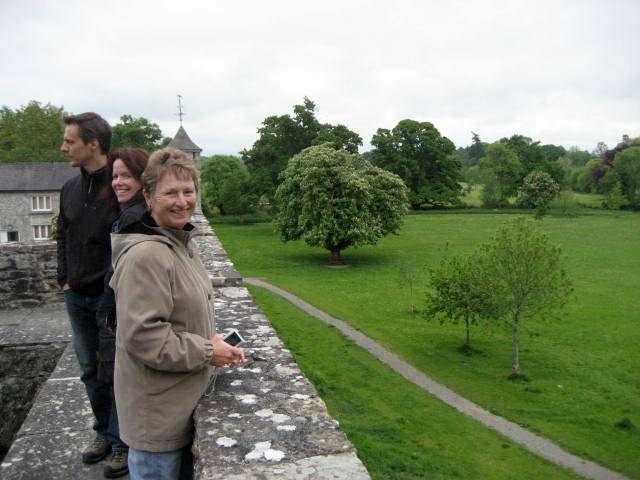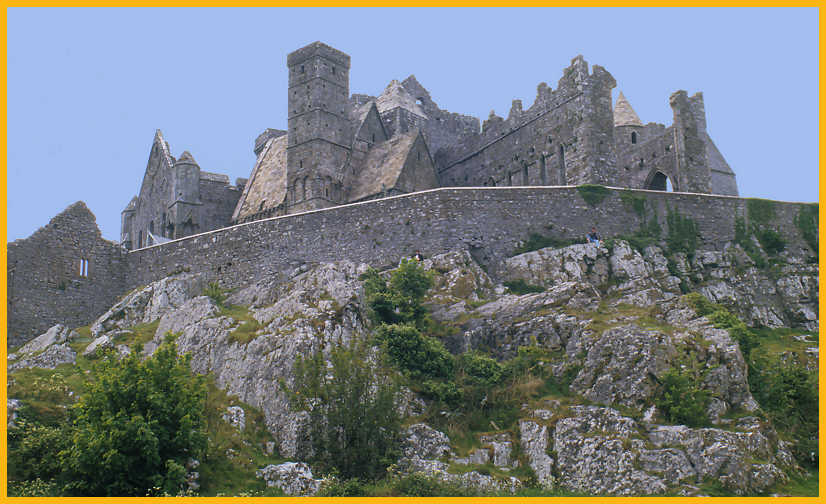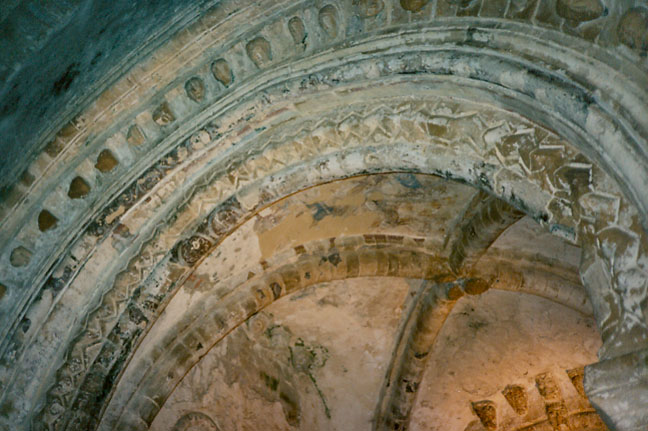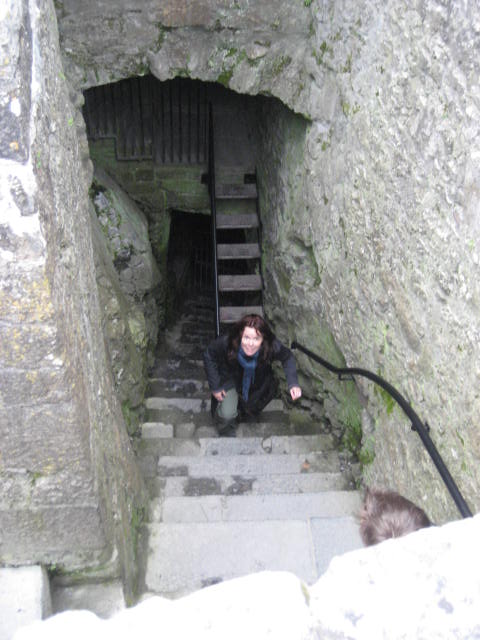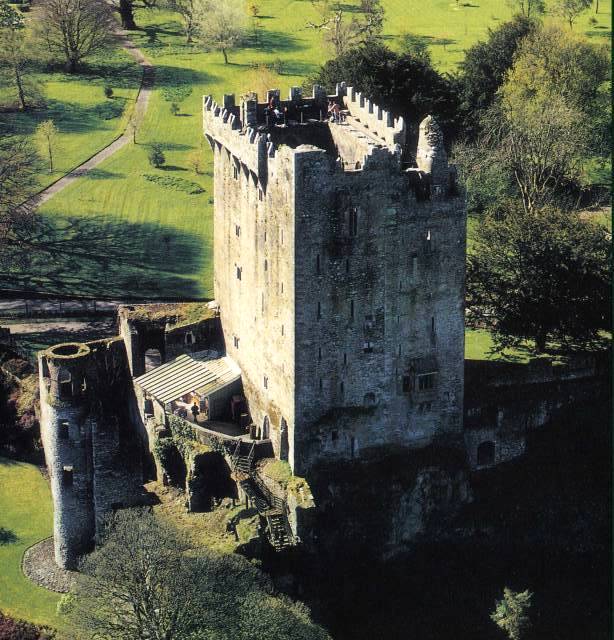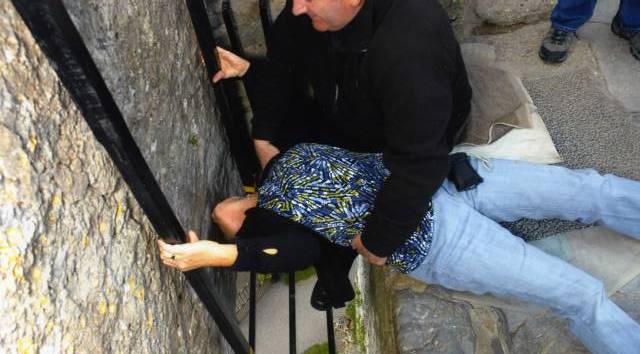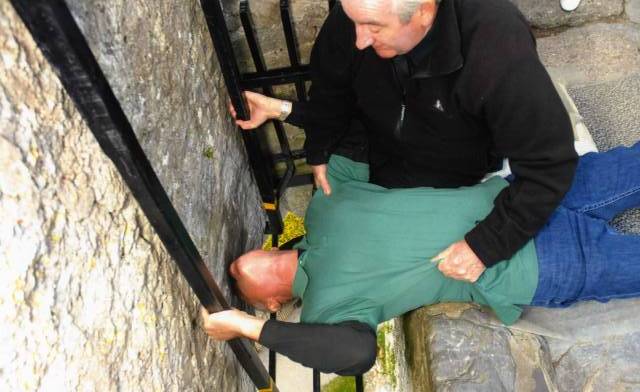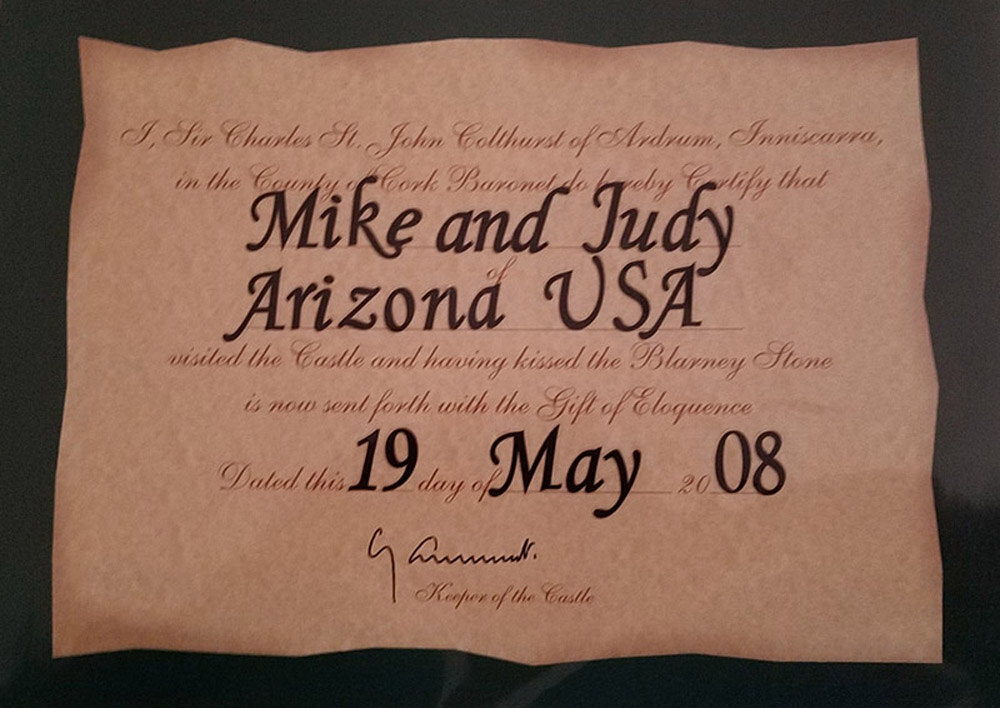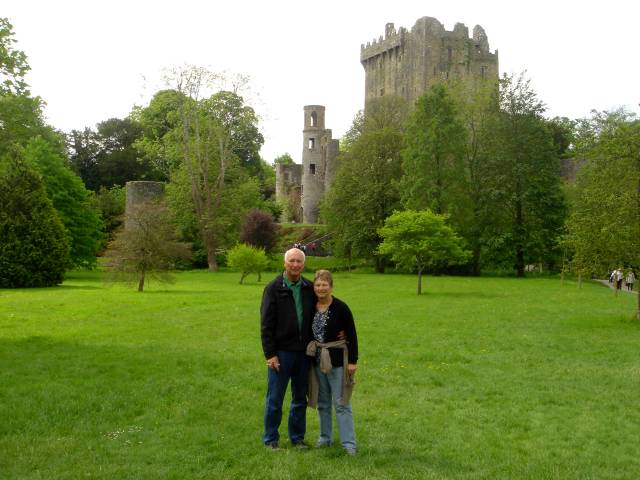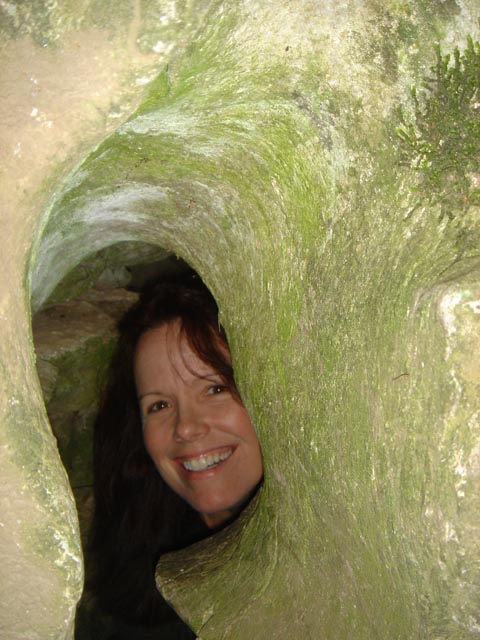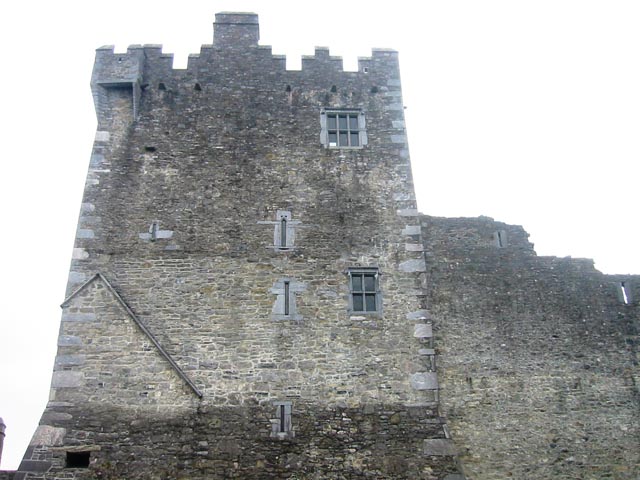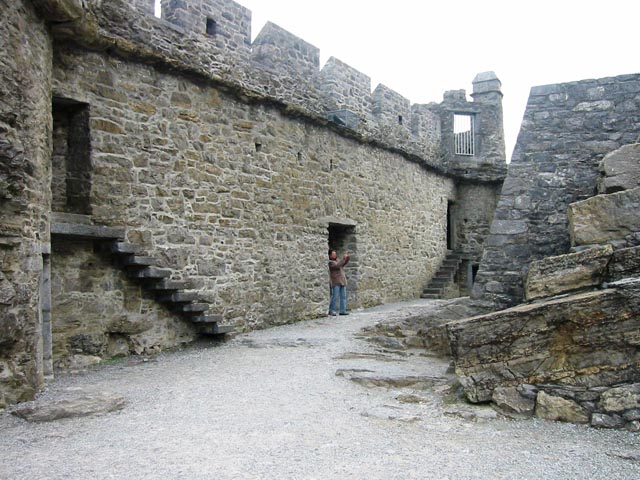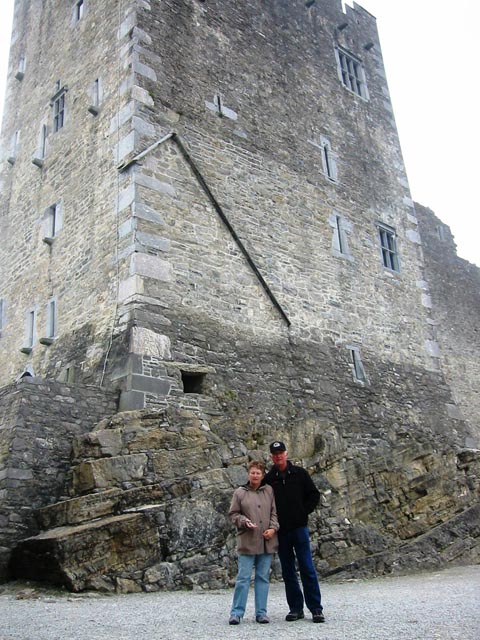Castles
Cahill Castle
On the site of a fortress built on an Island on the River Suir by Conor O’Brien, Prince of Thomand in 1142, Cahir castle had 200 years later become the centre of a thriving medieval town. By this time it had become the property of the Butlers of Ormonde, given to them following the Norman invasion by King Edward III. Apart from two short periods in the early 17th and the mid 19th centuries the Butlers remained in residence until 1961
Hover Over the Photo for Info About the Photo and Click for a Full Screen View
Rock of Cashel
The Rock of Cashel is one of Ireland’s most spectacular landmarks, rising above the surrounding plain and dominating the land route southward.The large Cathedral, ancient round tower and the very early Romanesque Cormac’s Chapel , perched on a dramatic outcrop of rock, were silent witnesses to many of the stirring events of Irish History; St.Patrick converted the local King Aenghus, here in the 5th century.
Besides tales explaining the legendary origin of the Rock of Cashel, other stories exist that link this location to the emergence of the shamrock as an Irish symbol. According to legend, during the baptism of King Aengus, St. Patrick plucked a shamrock to explain the mystery of the Trinity and so gave Christian Ireland a powerful new emblem.
Blarney Castle
Blarney, near Cork, Ireland.
The castle originally dates from before AD 1200. It was destroyed in 1446, but subsequently rebuilt by Cormac MacCarthy, the King of Munster. It is currently a partial ruin with some accessible rooms and the battlements. At the top of the castle lies the Stone of Eloquence, better known as the Blarney Stone
For many of the visitors to Blarney, their first priority is to kiss the famous Blarney Stone high up on the Castle battlements. Tradition holds that those who kiss the Blarney Stone will be endowed with the gift of eloquence – “the gift of the gab”, as the locals call it.
“There is a stone that whoever kisses never misses to grow eloquent, he may clamber to a lady’s chamber or become a member of parliament”
Blarney Castle
Blarney Castle
Ross Castle

